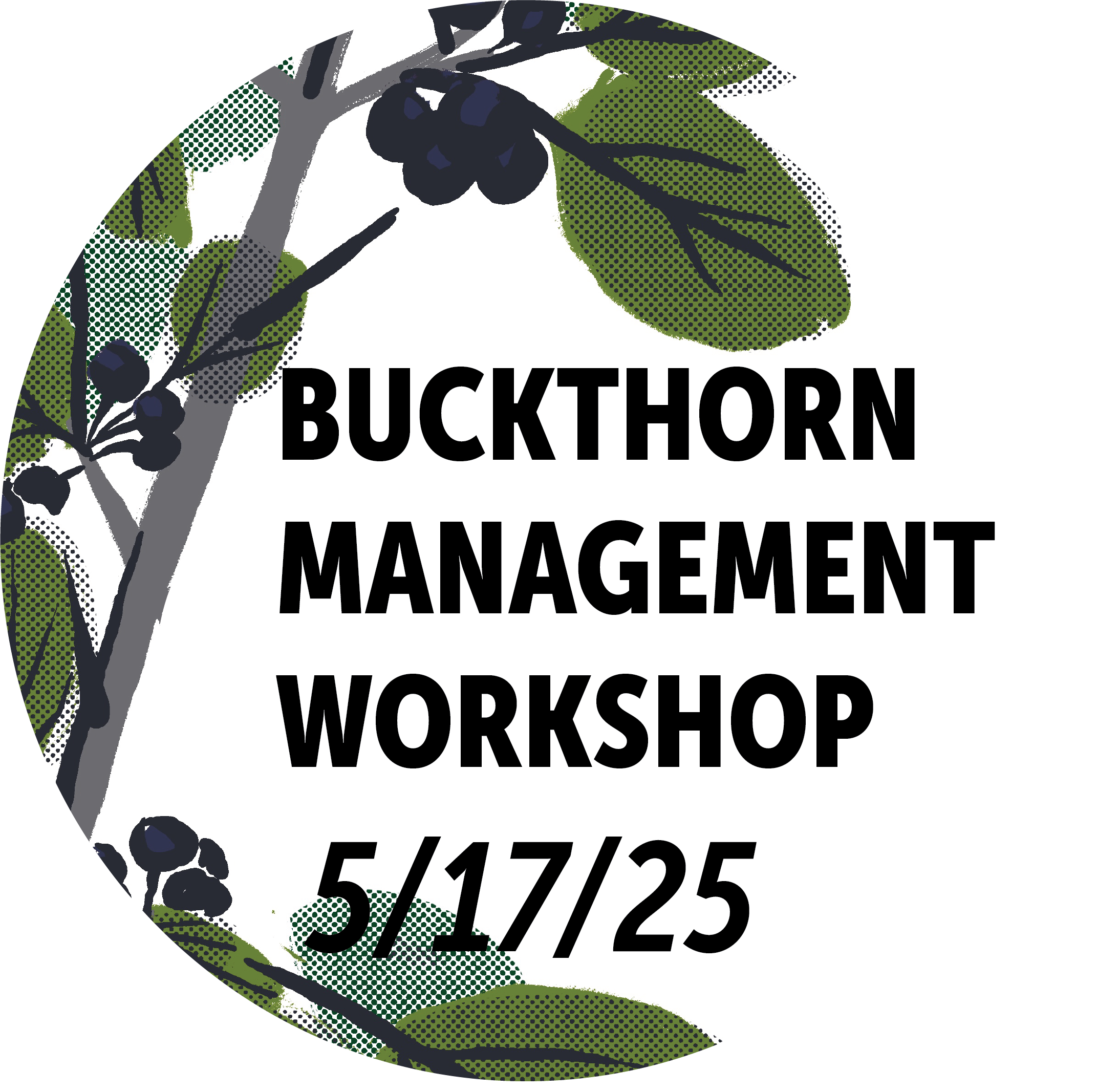5. Supporting butterflies and moths
The best thing you can do regarding this goal is to have native trees and shrubs in your yard. Nearly all are important host plants for lepidoptera (butterflies and moths), though they differ in the number of species they feed and their composition. According to the NWF keystone plant list, the top genera are:
- Quercus (oak): 436 species
- Prunus (plum, cherry, chokecherry, etc.): 340 species
- Salix (willow): 289 species
- Betula (birch): 284 species
- Populus (cottonwood): 249 species
- Acer (maple, boxelder): 238 species
- Malus (crabapple): 237 species
- Carya (hickory): 213 species
- Pinus (pine): 200 species
But having a tree that feeds caterpillars isn’t quite enough, because most of those caterpillars will drop to the ground when they are ready to pupate. They need a safe space to land and loose soil to burrow into (as opposed to sod or pavement). Other caterpillars will pupate attached to leaves; you can protect these by leaving the leaves or gently raking them into a flower bed.
Some non-woody plants are also keystone species. These include:
- Solidago (goldenrod): 104 species
- Symphyotrichum (aster): 100 species
- Helianthus (sunflower): 66 species
- Rudbeckia (coneflower): 20 species
However, while every garden should have a few keystone species, it should have MORE than just keystone species. And having the same few popular plants that your neighbors also have isn’t ideal. In general, the more diverse the native plant community in a neighborhood, the more species it can support.

Snowberry Clearwing Moth feeding from Common Milkweed
Photo by Kerri Seemann
